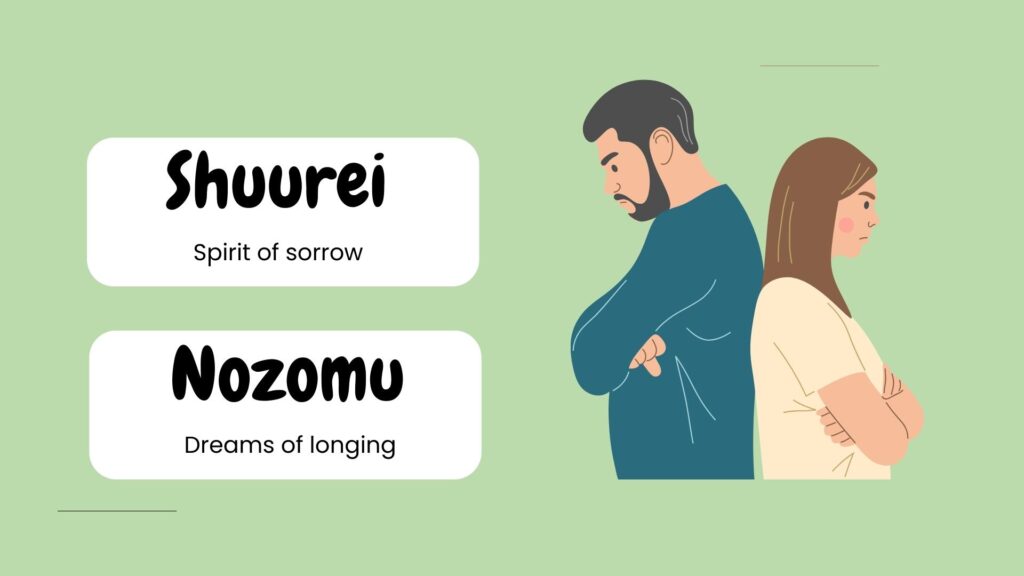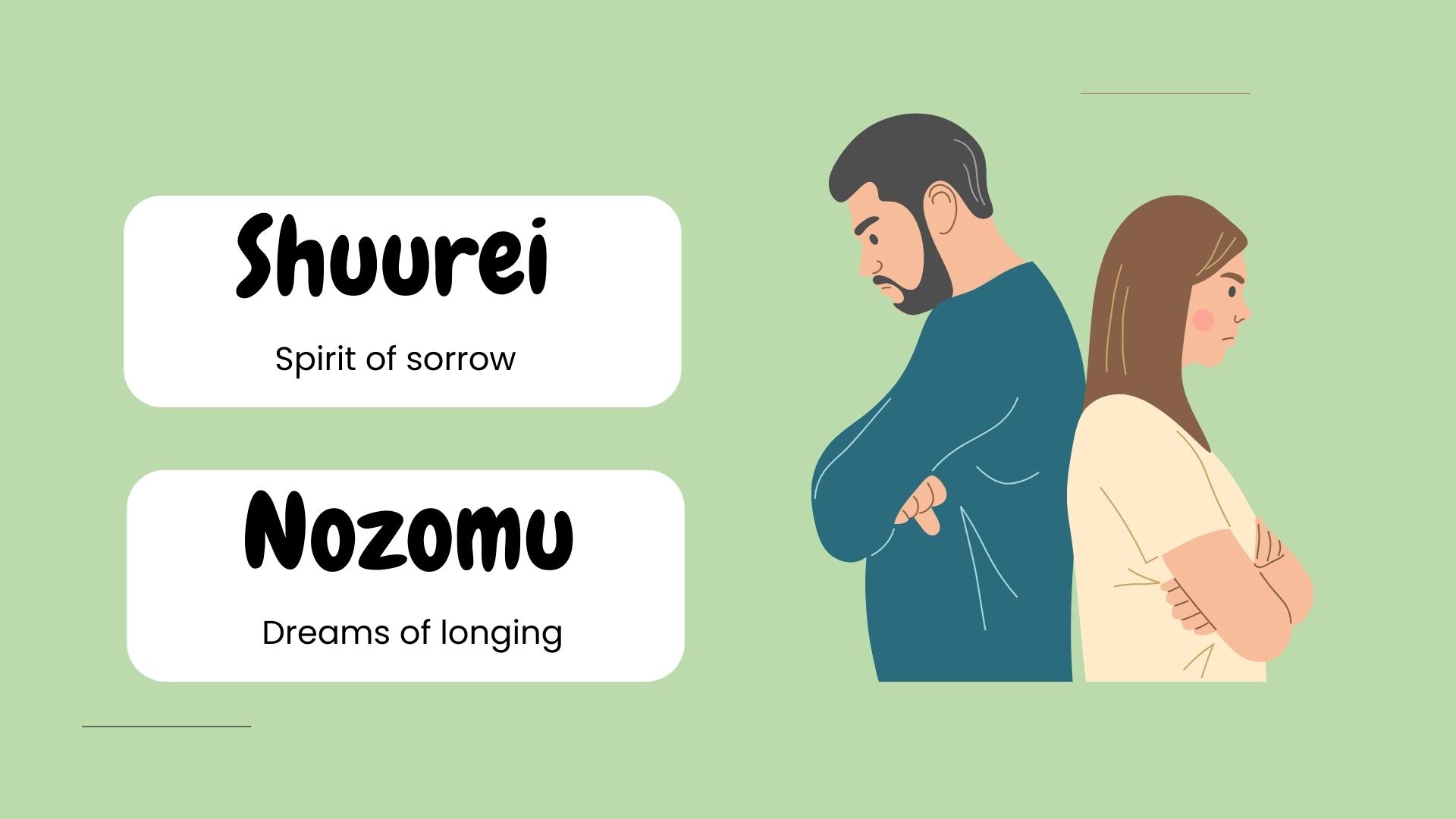
Beyond ‘Sad’: Exploring Nuanced Names for Sadness
Sadness, a fundamental human emotion, often gets a simple label: ‘sad.’ But the spectrum of sadness is vast and varied. From fleeting moments of melancholy to profound states of grief, the English language offers a rich tapestry of words to describe the subtle nuances of this complex feeling. This article delves into a collection of names for sadness, expanding our emotional vocabulary and enabling us to better articulate and understand our inner experiences. We’ll explore terms that capture the intensity, duration, and specific characteristics of different forms of sadness. Understanding these “names for sadness” allows for more precise communication and a deeper connection with our own emotional landscape.
Understanding the Spectrum of Sadness
Before diving into specific terms, it’s crucial to acknowledge the broad range of experiences that fall under the umbrella of sadness. Sadness can be triggered by a multitude of factors, including loss, disappointment, loneliness, and stress. It can manifest in various ways, from a mild feeling of discontent to a debilitating sense of despair. Recognizing the different shades of sadness is the first step towards effectively managing and coping with these emotions.
The Importance of Emotional Vocabulary
Having a robust emotional vocabulary is essential for several reasons. Firstly, it allows us to more accurately identify and label our feelings. This self-awareness is crucial for emotional regulation and well-being. Secondly, it enables us to communicate our experiences to others with greater clarity and precision, fostering empathy and understanding. Finally, expanding our emotional vocabulary can deepen our understanding of ourselves and the world around us, enriching our lives and relationships. By understanding the various “names for sadness”, we can better navigate our emotional world.
Names for Mild Sadness and Discontent
Let’s begin with terms that describe milder forms of sadness, those subtle shades of discontent that often accompany everyday life.
- Melancholy: A pensive sadness, typically with no obvious cause. It often involves a wistful longing for the past.
- Wistful: Characterized by a feeling of vague or regretful longing.
- Disappointed: Feeling sadness or displeasure because something was not as good as expected or because something that was hoped for did not happen.
- Blue: A feeling of mild sadness or depression. Often used casually, as in “feeling blue.”
- Downhearted: Feeling discouraged or low in spirits.
- Dispirited: Having lost enthusiasm and hope; disheartened.
- Pensive: Engaged in or reflecting deep or serious thought, often tinged with sadness.
Names for Moderate Sadness and Sorrow
These terms represent a more intense level of sadness, often associated with specific events or circumstances.
- Sorrowful: Feeling or expressing grief or unhappiness.
- Grief-stricken: Deeply affected by sorrow, especially due to the death of a loved one.
- Heartbroken: Overwhelmed by grief or disappointment.
- Dejected: Sad and depressed; dispirited.
- Woeful: Expressing sorrow or misery.
- Mournful: Expressing or feeling deep sorrow or regret, as in mourning for the dead.
- Lamenting: Expressing passionate grief or sorrow.
Names for Intense Sadness and Despair
These words describe the most profound and debilitating forms of sadness, often associated with trauma, loss, or mental health conditions.
- Desolate: Feeling or showing great unhappiness or loneliness.
- Despairing: Showing the loss of all hope.
- Anguished: Experiencing extreme mental or physical suffering.
- Forlorn: Pitifully sad and abandoned or lonely.
- Bereft: Deprived of or lacking something, especially a nonmaterial asset. Often used in the context of loss.
- Distraught: Deeply upset and agitated.
- Wretched: In a very unhappy or unfortunate state.
Beyond the Dictionary: Idiomatic Expressions of Sadness
The English language is also rich in idiomatic expressions that capture the essence of sadness in unique and evocative ways. These phrases often add a layer of color and depth to our descriptions of emotional states.
- Down in the dumps: Feeling sad or depressed.
- Having a heavy heart: Feeling sad and burdened by sorrow.
- Feeling blue: A common expression for feeling mildly sad.
- Fighting back tears: Trying to suppress the urge to cry.
- Choking back tears: Similar to fighting back tears, but suggesting a more intense struggle.
- A lump in one’s throat: A physical sensation often associated with sadness or grief.
- Tears welling up: Tears beginning to form in the eyes.
The Importance of Context and Nuance
When choosing a name for sadness, it’s essential to consider the context and nuance of the situation. The intensity, duration, and specific characteristics of the sadness will all influence the most appropriate word choice. For example, ‘melancholy’ might be suitable for a vague feeling of sadness, while ‘grief-stricken’ would be more appropriate for someone mourning the loss of a loved one. Understanding the subtle differences between these terms allows for more accurate and meaningful communication. Accurately identifying the “names for sadness” that you feel is a great first step to healing.
Beyond Words: Seeking Support for Sadness
While expanding our emotional vocabulary can be helpful, it’s important to remember that words are not always enough. If you are experiencing persistent or overwhelming sadness, it’s crucial to seek support from a trusted friend, family member, or mental health professional. Therapy, counseling, and medication can all be effective tools for managing and overcoming sadness. Don’t hesitate to reach out for help if you need it. Understanding the various “names for sadness” can help you to better communicate your needs to a therapist.
Conclusion: Embracing the Full Spectrum of Emotion
Sadness is an integral part of the human experience. By expanding our emotional vocabulary and exploring the nuanced names for sadness, we can deepen our understanding of ourselves and the world around us. We can communicate more effectively, foster empathy, and ultimately, better manage our emotional well-being. Embrace the full spectrum of emotion, and remember that it’s okay to feel sad. Acknowledging and understanding our sadness is the first step towards healing and growth. [See also: Coping Mechanisms for Grief] [See also: Understanding Depression Symptoms] [See also: The Benefits of Emotional Intelligence]
The exploration of “names for sadness” doesn’t just enhance our vocabulary; it equips us with a more profound understanding of the human condition. Recognizing the subtle differences between feeling ‘blue’ and experiencing ‘despair’ allows us to approach our emotions, and the emotions of others, with greater sensitivity and compassion. As we continue to navigate the complexities of life, a rich emotional vocabulary becomes an invaluable tool for self-discovery and connection.

